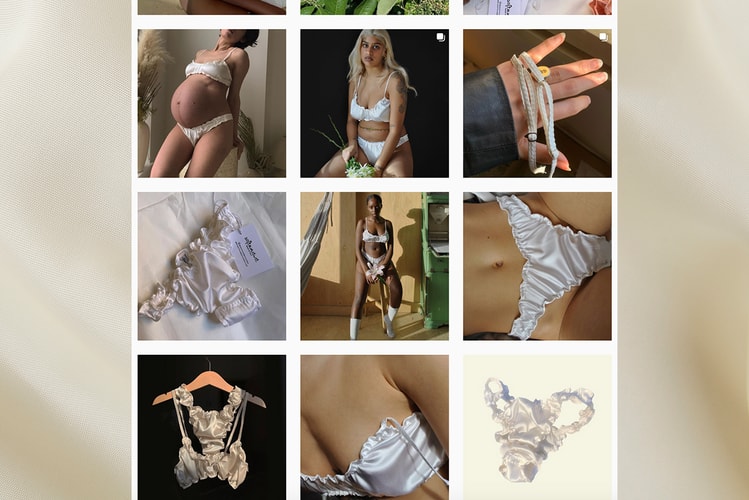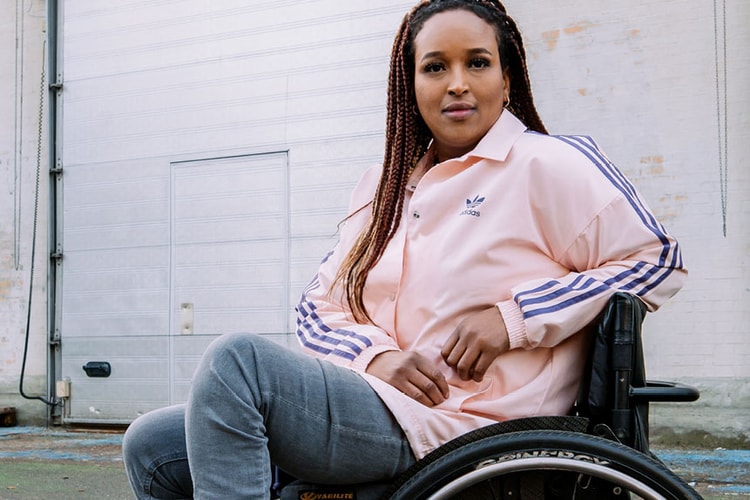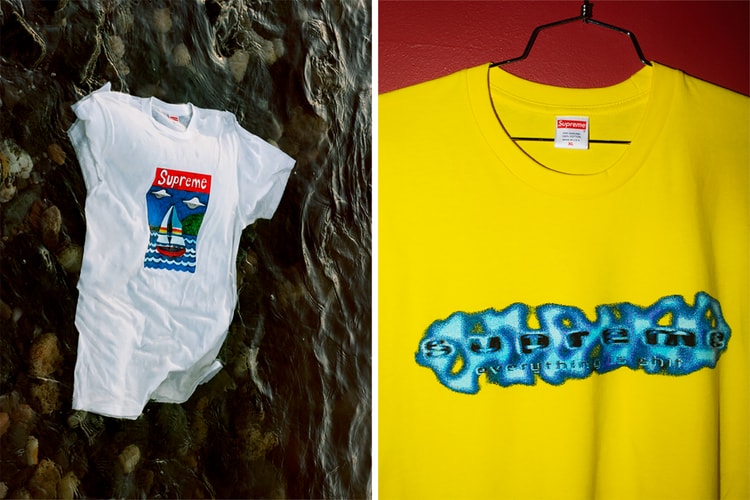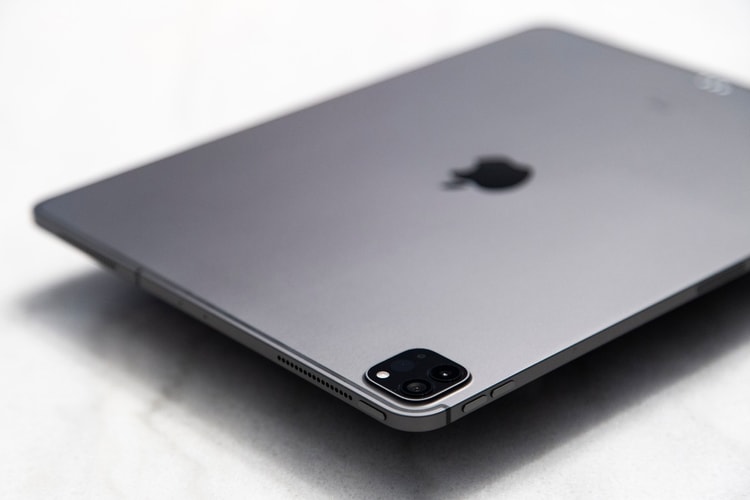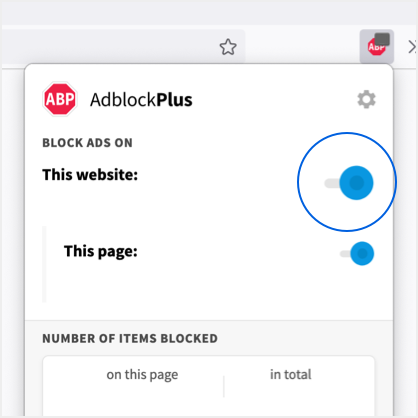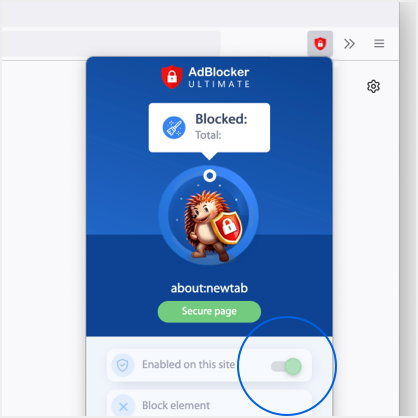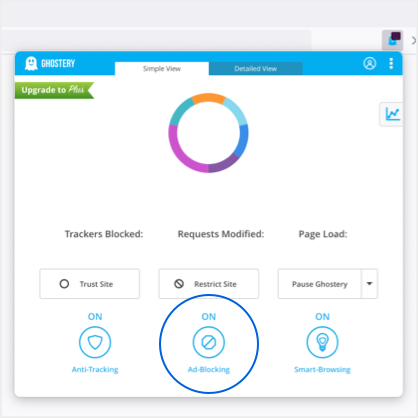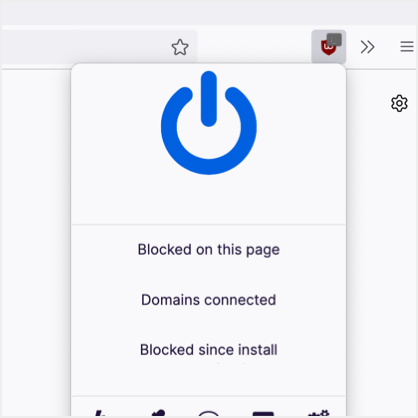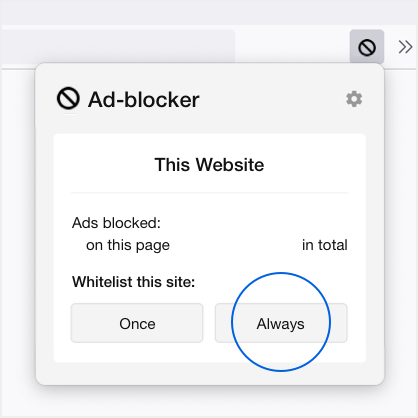How to Make Your Own Non-Medical Face Mask, No Sewing Required
The CDC now recommends all citizens wear a face covering in public.
As the novel coronavirus continues to spread, the U.S. Centers for Disease Control and Prevention (CDC) officially recommends that all citizens — and not just sick individuals — wear cloth face masks in public. The new recommendation, announced in a statement posted to the CDC’s website on April 3, provides much-needed clarification on previously differing stances on the efficacy of face coverings.
Though social distancing and quarantine remain crucial to fighting the spread of COVID-19, the CDC reports that face masks provide an additional degree of protection as an estimated 25 percent of infected individuals don’t show symptoms — are “asymptomatic” — and may unwittingly spread the virus to others. Wearing a cloth face mask while grocery shopping and on other essential outings also helps prevent “pre-symptomatic” individuals in the beginning stages of infection from spreading it to others.
Citizens should avoid purchasing medical-grade surgical masks or N95 respirators, as supplies for our front-line healthcare workers are dangerously low. “Those are critical supplies that must continue to be reserved for healthcare workers and other medical first responders,” the CDC sanctions. Instead, you can fashion your own cloth, non-medical face mask using supplies likely already in your home — no sewing required.
Watch the video above and scroll down for a step-by-step tutorial on how to make your own no-sew cloth face mask.
Supplies
- 1 bandana or piece of tightly woven cotton cloth, approximately 20” x 20”
- 2 rubber bands or hair ties
- 1 cone coffee filter and scissors (optional)
Instructions
1. Fold the top edge of the bandana down and the bottom edge up so that both sides meet in the middle.
2. Flip the folded bandana over.
3. Ensure the bandana is oriented horizontally. Repeat Step 1, folding the top edge of the bandana down and the bottom edge up so that both sides meet in the middle.
4. Loop a rubber band or hair tie around the left and right sides (short sides) of the bandana so that it resembles a candy wrapper.
5. Flip the bandana over and fold the excess fabric on the left and right sides (beyond the hair ties) to the middle.
6. To wear the mask, place the rubber bands or hair ties around each ear. The mask should completely your nose and mouth. If it doesn’t, you can adjust the width of your mask by experimenting with the placement of your rubber bands or hair ties, leaving more or less excess fabric, on the left and right sides depending on your preference.
7. To add a coffee filter as additional protection, cut the filter in half horizontally. Place the top half of the filter in the center of the bandana in between Steps 2 and 3.
Safety Recommendations
To safely wear your face mask, make sure to wash and dry it about once a week at the highest temperature the fabric will tolerate. In addition, avoid removing your mask by the mouth area. Instead, grab it by the straps and wash your hands after touching it. Lastly, do not put a face masks on children under 2 years old, anyone who has difficulty breathing or individuals unable to remove the mask themselves.
Though it’s tempting to simply tie a scarf or bandana around your face, it does not provide adequate protection — a mask created using the method above, or one similar, has multiple layers and covers your face more tightly.
In addition to wearing a cloth face mask, the CDC still recommends washing your hands regularly (or using hand sanitizer in a pinch), as well as covering your face with a tissue or the inside of your elbow when you cough. As always, avoid touching your face and of course, stay at home and practice social distancing.





